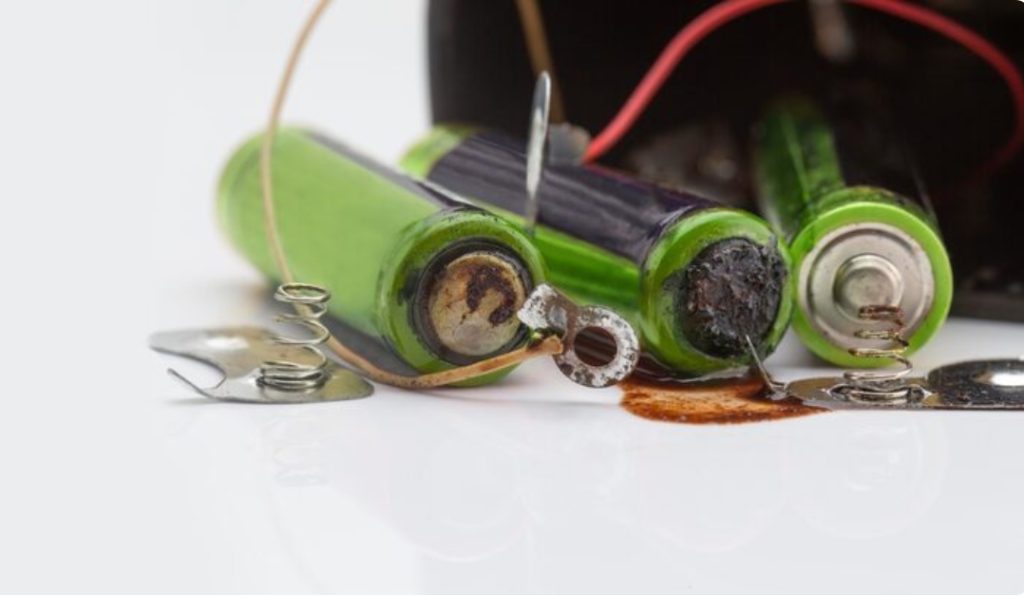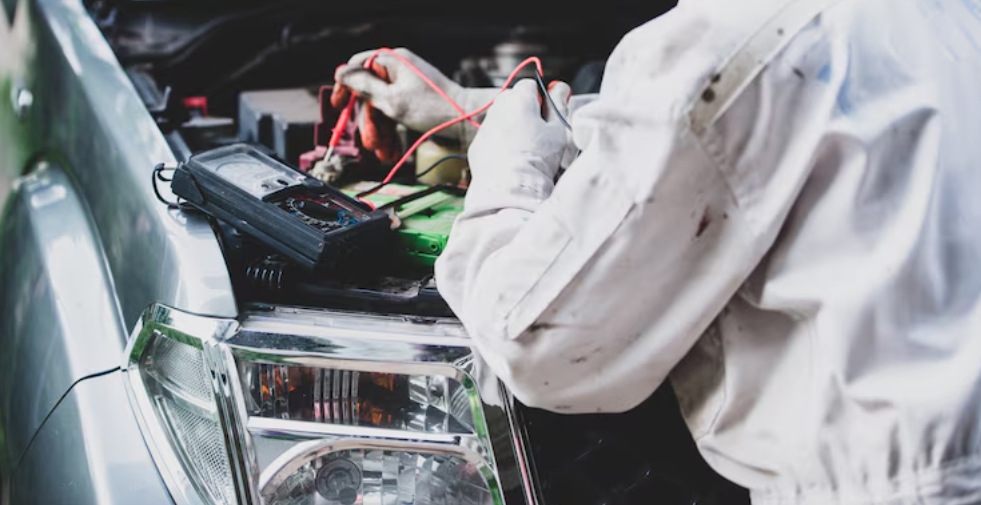This article will explore New energy vehicle power battery air tightness testThe importance, principles, methods and precautions of car maintenance will help you fully understand how to protect the “heart” of your car.
1. Air tightness testing: ensuring the health of the “heart” of new energy vehicles
As the core component of new energy vehicles, the performance of power batteries is directly related to the vehicle’s range, power output and safety. So, what role does air tightness testing play in this?
1. Importance of power batteries
Power batteries are the energy source of electric vehicles and provide driving force for the vehicles. The quality of battery performance directly affects the range, power performance and service life of electric vehicles. The battery system of new energy vehicles is a core component, and its quality directly determines the availability of the vehicle.
2. IP67 protection level: the cornerstone of battery safety
IP67 protection level is an important indicator to measure the sealing performance of battery packs, which means that the battery pack can still work normally after being immersed in water for a certain period of time. Meeting IP67 protection level is a basic requirement to ensure battery safety. The protection level of the battery box must meet the design requirements of no less than IP67 to ensure its Sealing and waterproofing, no short circuit accidents caused by water ingress.
2. Principle and method of air tightness detection
The purpose of airtightness testing is to detect whether there is leakage in the battery pack through a specific method, so as to evaluate its sealing performance.
Pressure drop methodIt is the most common air tightness test method. The principle is to fill the battery pack with gas at a certain pressure and then monitor the pressure change over time. If the pressure drops too quickly, it indicates that there is a leak in the battery pack. Using a gas pressurization system, connect the air tightness tester and the battery pack with an external air pipe, and then fill the gas into the battery pack to be tested. After the air pressure stabilizes, detect the change of its internal pressure over time.

3. Specific steps and processes for air tightness testing
The specific steps and processes of air tightness testing are the key to ensuring accurate and reliable test results. Standardized testing processes can effectively detect potential leakage risks and provide protection for battery safety.
1. Preparation before testing
- Battery pack status confirmation: separate from the vehicle, disconnect the power supply, and ensure safety
Before conducting an airtightness test, be sure to disconnect the power supply of the battery pack to ensure that it is in a safe state to prevent dangers such as short circuits and electric shock.
- Device connection and parameter setting
Correctly connect the airtight device to the battery pack, and set appropriate detection parameters such as inflation pressure, detection time, leakage pressure, etc. according to the model and specifications of the battery pack.
2. Implement testing
- Gas filling
Depending on the selected detection method, the battery pack is filled with gas.
- real timeMonitoring pressure changes
Use airtight equipment to monitor the gas pressure changes inside the battery pack in real timeThe pressure sensor inside the instrument will monitor the pressure changes in the system.
3. Result analysis and leak point location
- Determination of whether air tightness is qualified
According to the test data, determine whether the air tightness of the battery pack meets the standardsIf the pressure inside the battery pack drops quickly, it means there is a large leak; if the pressure inside the battery pack drops slowly, there is a small leak; if the pressure remains unchanged, there is no leak.
- Leak point location and recording
If a leak is found, use a leak detection tool to accurately locate the leak point and record it in detail.Related information.
4. Air tightness testing equipment and instruments
1. Air tightness tester: functions and features of core equipment
It is the core equipment for air tightness testing, with the characteristics of high precision, high stability and easy operation. Different testing parameters can be set according to testing requirements.
2. Auxiliary tools: connecting pipes and joints, standard gas tanks
The connecting pipes and connectors are used to connect the battery pack and the airtightness tester equipment. The connection should be tight and leak-free. The standard gas tank is used to perform self-inspection and verification on the equipment.
5. Choose Guheng Energy to protect your battery safety
In the field of new energy vehicles, it is crucial to choose a trustworthy partner.Solid Energy with its professional technology and services, we can ensure the safety of your battery.
It provides comprehensive maintenance, testing and safety protection equipment and software support to well-known domestic automobile companies, battery factories, energy storage companies, etc. The company’s airtight products include portable airtightness leak testers,Its main functionsIt is a special test equipment developed for the new energy field, suitable for air tightness detection of liquid cooling plates, PDU, PEU, EDS, battery boxes and other componentswait.





